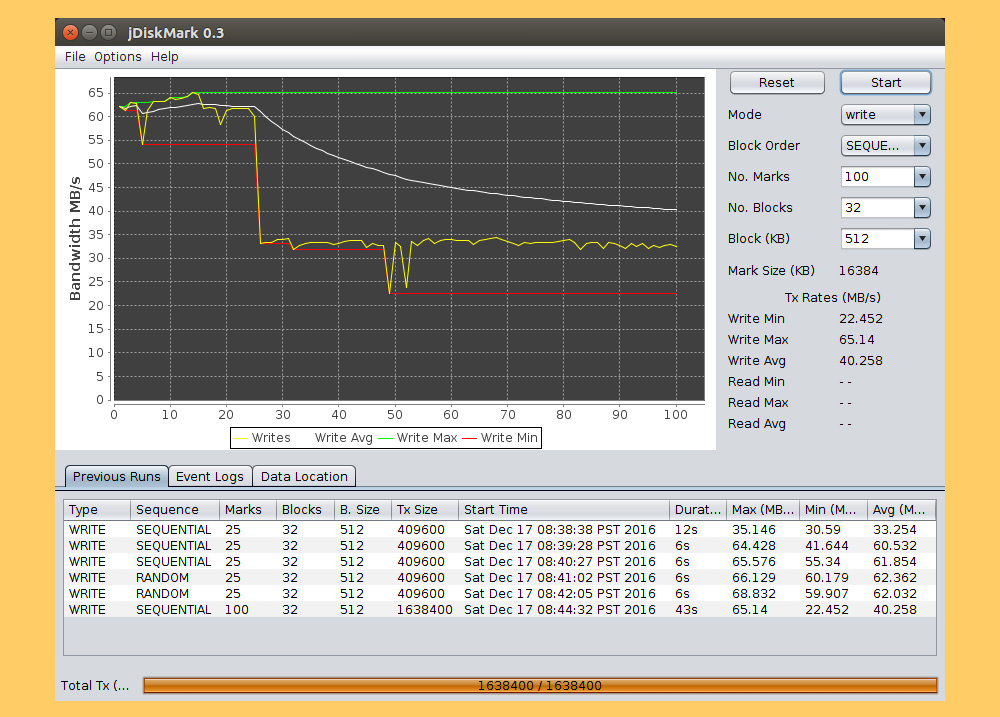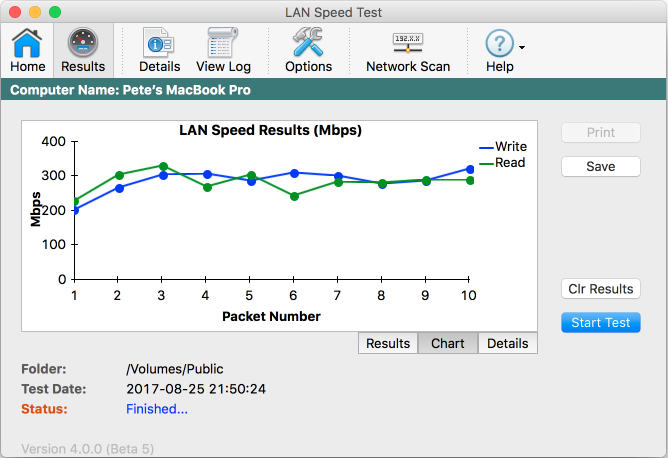

Although both can provide quite a lot of other information about internal and external drives, the best that they can do here is state whether S.M.A.R.T. status and other important information about storage devices in macOS: Disk Utility and System Information. There are two ways of checking S.M.A.R.T. I suspect that they would have paid for the cost of development many times over. It remains a mystery as to why Apple continues to ship incomplete support for S.M.A.R.T., particularly as its retail and online stores are only too happy to sell customers USB storage, and to benefit from those profits.

Those in NAS and external hardware RAID arrays depend entirely on the external system’s support for access to S.M.A.R.T.
Hard drive test utility for mac software#
indicators on internal and Thunderbolt drives those connected to a USB (including USB3) port cannot be checked without installing third-party software support. Currently, as of Sierra, macOS only allows the checking of S.M.A.R.T. MacOS support for checking external drives has also been notoriously poor. indicator 173, the wear levelling count, and indicator 175, the total host writes. I have previously explained how you can use indicators to monitor the ageing of SSDs. Studies performed in data centres with very large numbers of rotating drives have shown that some indicators are reliable, and when they start going wrong you should be worried, while others are seldom of much use. indicators are not perfect predictors of SSD life, nor of drive failure.

Hard drive test utility for mac mac#
indicators on SSD and hard drives in, and connected to, your Mac so that you can keep an eye on their degradation, and try to prevent problems before they become serious. This article looks at how you can check the S.M.A.R.T. Although they have no mechanical components to wear out, their memory chips only accept a certain number of writes before they become likely to fail.Ĭalculations of expected SSD life seem very encouraging, but many of us have now heard of users whose SSDs have not survived three years – the period guaranteed by most hard disk manufacturers. There is continuing speculation over the real-world life of solid-state drives (SSDs), now fitted to all Apple’s laptops and (as of yesterday) the only type of drive supported by Apple’s new file system APFS.


 0 kommentar(er)
0 kommentar(er)
